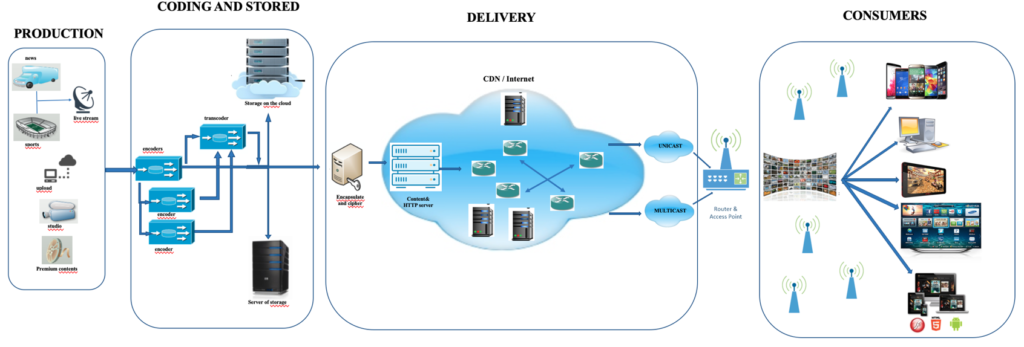Over the last few years, and thanks to the rapid development of codecs and video transcoders, a wide variety of applications have been developed that have substantially modified the way in which we consume multimedia content. Platforms such as YouTube, Vimeo, HBO and Netflix are just some examples of this. Users of these platforms demand content with ever greater quality and resolution, together with greater interaction with content, from 3D to Free Viewpoint Television (FTV), which inevitably leads to the development of increasingly efficient compression standards that are able to achieve high compression ratios while preserving high visual quality. It is also important to highlight the wide variety of devices for displaying video, a fact which affects the resolution of the video, the frame rate, computing capacity, battery life and even transmission error robustness. To this we must add the desire of a large part of the users to access such content anytime and anywhere. Multimedia content is found on smartphones, laptops, tablets, virtual reality glasses, and numerous other screens and devices. To make this possible, virtually all devices on the market have a Wi-Fi network card. Despite the continuous improvements in the IEEE 802.11 standard, guaranteeing the QoS requirements of multimedia applications in this type of networks is a complex task. Among the reasons for this are the changing conditions of the wireless channel, its high error rate, interference, the mobility of the terminals, and the multipath.

In view of all the above, this research project aims to address the challenge of improving the quality of service (QoS) in the encoding and transmission of multimedia content over wireless networks, taking into account the quality of experience (QoE) of the end user, and ensuring that the privacy, integrity and confidentiality of the transmitted data are guaranteed.
